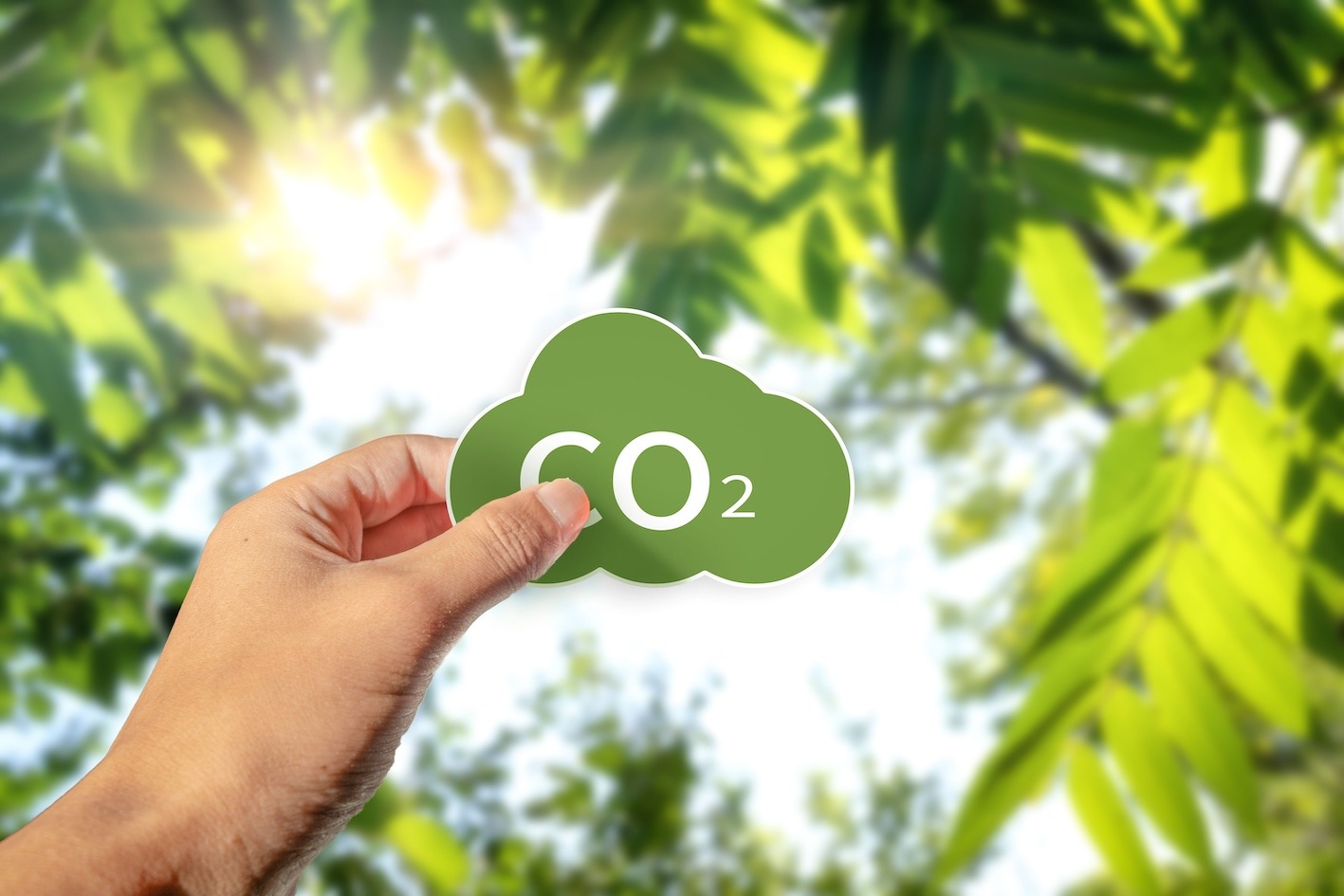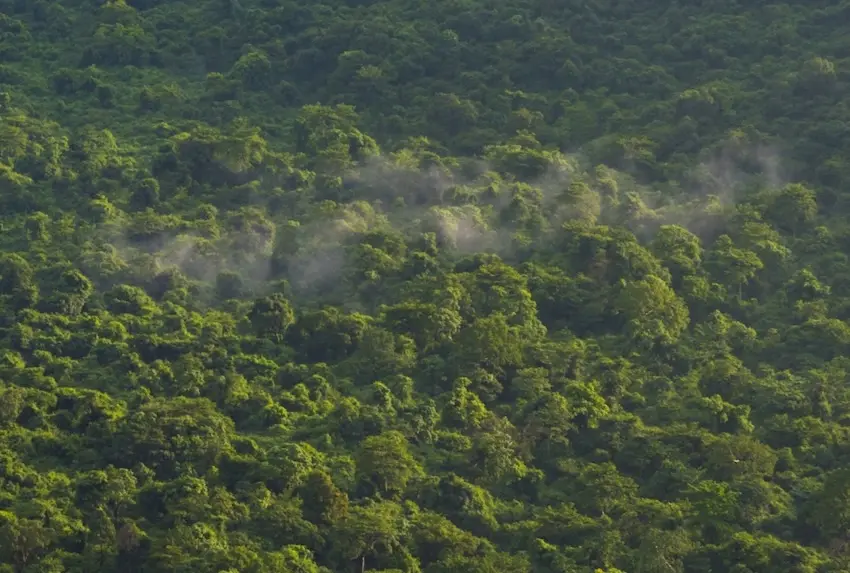Carbon neutrality refers to achieving an equilibrium between greenhouse gas emissions and their removal from the atmosphere. A carbon footprint assessment helps measure the greenhouse gas emissions of an activity, while carbon credits provide a way to offset these emissions and achieve carbon neutrality. As climate change continues to pose serious threats, this approach has gained prominence as a key strategy to curb rising global temperatures. As climate change continues to pose serious threats, this approach has gained prominence as a key strategy to curb rising global temperatures. The main goal of this strategy is to counterbalance what we emit by either significantly reducing emissions through cleaner technologies or offsetting them with technological or natural removal strategies.
Over the years, the urgency of carbon neutrality has grown, fueled by increasing climate-related disasters such as extreme weather events and biodiversity loss. The global conversation has shifted toward ambitious emission reduction targets, with many governments, organizations, and individuals committing to net-zero goals by 2050 or even earlier. International agreements, like the well known Paris Agreement, have set critical milestones to encourage nations to transition toward a more sustainable future.
Carbon Neutrality as a path to Sustainable Development
Beyond mitigating climate change, carbon neutrality also serves as a catalyst for sustainable development. It offers a pathway where environmental responsibility aligns with economic growth, fostering innovation in clean energy, efficient production processes, and greener infrastructure. By integrating carbon neutrality into economic models, businesses and policymakers can drive both environmental and financial resilience, ensuring a balanced and forward-thinking approach to global sustainability.
Understanding Carbon Neutrality vs. Net Zero
Although often used interchangeably, carbon neutrality and net zero are distinct concepts within decarbonization strategies. Carbon neutrality primarily focuses on balancing carbon dioxide (CO₂) emissions by reducing and offsetting them through projects like afforestation and technological innovation. This means emissions can still occur, but they are being counterbalanced elsewhere.
Net zero, on the other hand, is a more rigorous goal that applies to all greenhouse gases, including methane (CH₄) and nitrous oxide (N₂O). It requires industries and nations to cut emissions as much as possible before resorting to carbon removal techniques. According to the United Nations’ Net Zero Standard, at least 90% of emissions must be reduced before relying on offsets. This makes net zero a more comprehensive and long-term climate stability strategy.
Human impact on the climate
The greenhouse gas (GHG) effect is a natural process that regulates the Earth's temperature by trapping heat in the atmosphere. Gases such as carbon dioxide (CO₂), methane (CH₄), and water vapor (H₂O) absorb and re-radiate heat from the Sun, preventing it from escaping into space. This process is essential for sustaining life, keeping the planet warm enough for ecosystems to thrive. However, human activities have long shaped the environment, from early civilizations redirecting waterways to modern industries extracting resources for technological advancements. However, the scale and speed of industrialization since the late 1800s have led to an unprecedented increase in greenhouse gas emissions. According to the Intergovernmental Panel on Climate Change (IPCC), industries alone have contributed nearly 45% of overall emissions growth in the 21st century. This has resulted in a 1°C global temperature increases by 2017, with projections showing a continued rise of 0.2°C per decade if no urgent actions are taken.
Without significant intervention, unchecked emissions could lead to catastrophic consequences by 2050 and as early as 2030, these include: intensified natural disasters, food and water shortages, economic instability, and irreversible damage to ecosystems. These risks highlight the pressing need to accelerate carbon neutrality efforts on a global scale.
Carbon removal strategies: natural vs. technological solutions
Carbon removal can be achieved through both natural and technological means. Nature-based solutions leverage ecosystems like forests, wetlands, and oceans to absorb CO₂ through natural processes such as photosynthesis and soil carbon storage. Protecting and restoring these systems enhances their ability to act as carbon sinks, reversing some of the damage caused by industrialization.
Meanwhile, technological solutions such as carbon capture and storage (CCS) and direct air capture (DAC) are designed to extract CO₂ directly from power plants or the atmosphere. These advancements allow industries to capture emissions at the source or remove existing carbon from the air, offering scalable methods to complement emission reduction efforts. A combination of these strategies will be essential in achieving carbon neutrality and meeting global climate goals by both companies and global organizations.
The role of governments and the European Union (EU) in advancing carbon neutrality
Governments play a crucial role in advancing carbon neutrality by implementing policies, incentives, and regulations that promote clean energy and sustainable practices. The European Union (EU) has been a leader in climate action through its European Green Deal, which aims for climate neutrality by 2050 and a 55% reduction in emissions by 2030.
The EU’s initiatives include investments in renewable energy, stricter carbon pricing mechanisms, and the advancement of carbon capture, utilization, and storage (CCUS) technologies. Additionally, the EU supports natural decarbonization strategies such as reforestation, soil restoration, and wetland conservation to enhance the planet’s natural capacity to absorb CO₂.
At the country level, member states are aligning their national policies with EU targets while receiving financial and technical support for implementation. For example, Germany and Denmark have accelerated their transitions to renewable energy, while Poland—historically dependent on coal—has received Just Transition funding to support its shift toward greener alternatives. Regulations on carbon pricing and emissions trading have also incentivized businesses across Europe to adopt cleaner technologies and circular economy principles.
How can we take action?
On an individual level, lifestyle choices play a crucial role. Reducing energy consumption, adopting sustainable diets, minimizing waste, and supporting eco-friendly brands are small but impactful steps toward a more sustainable world. The combination of policy-driven initiatives and grassroots movements can create meaningful change in the medium-long term.
What’s at stake if we don’t act?
Failing to achieve carbon neutrality could lead to global temperatures surpassing the 1.5°C threshold by 2030, reaching 2°C by 2050, and exceeding 3°C by 2100. The consequences would include more extreme weather events, rising sea levels, food and water shortages, and economic turmoil. Delayed action would only make future mitigation efforts more difficult and costly.
Overcoming challenges and moving forward
Despite the challenges, the transition to carbon neutrality is both possible and necessary. Scaling up on renewable energy, making sustainable technologies more accessible, and implementing effective carbon pricing mechanisms can drive meaningful progress. Governments and industries must collaborate to fund research, improve infrastructure, and ensure that developing nations have the resources to transition sustainably.
ClimateSeed’s contribution to achieving global carbon neutrality
ClimateSeed supports its clients in contributing to the fight against climate change by enabling them to finance emission reduction or sequestration projects through the purchase of carbon credits. Each credit corresponds to one ton of CO₂ equivalent avoided or captured.
The ClimateSeed project team, made up of analysts specialized in carbon and biodiversity, selects the most suitable projects for clients’ needs from our catalog. This catalog offers a diverse range of project types, from nature-based solutions to technological approaches, including both emission avoidance and sequestration projects. We reference forestry projects (ARR, IFM, REDD+), agricultural initiatives, blue carbon projects, and household equipment initiatives (improved cookstoves, biogas, water filters, etc.). Additionally, we offer more technological solutions, such as renewable energy projects, biochar, enhanced rock weathering (ERW), and bioenergy with carbon capture and storage (BECCS).
Before being included in our catalog, each project undergoes a rigorous evaluation to ensure we select only credible projects with a certified and tangible impact. This process includes thorough due diligence, first applied to the project developer and then extended to the project itself and its stakeholders. A detailed analysis is conducted on key carbon criteria (standards, certification, additionality, permanence, carbon leakage, etc.), social and environmental co-benefits, and biodiversity impact to guarantee quality and integrity.
Conclusion: the time to act is now
Climate change does not discriminate, it affects everyone. And while carbon neutrality may seem ambitious, the reality is clear: unless we take action now, nothing will change. True progress depends on the active participation of individuals, businesses, and government organizations working together toward a sustainable future. The steps we take today will determine the legacy we leave for generations to come. By committing to carbon neutrality, we are not just mitigating climate change—we are shaping a world that thrives in balance with nature.
Sources:
https://www.ipcc.ch/report/ar6/wg3/chapter/chapter-11/?.com
https://www.ipcc.ch/report/ar6/wg3/chapter/chapter-11/?.com
https://www.ipcc.ch/sr15/?utm_.com
Share this
You May Also Like
These Related Stories

Understanding Carbon Credits and their role in Climate Action

What is decarbonization?



